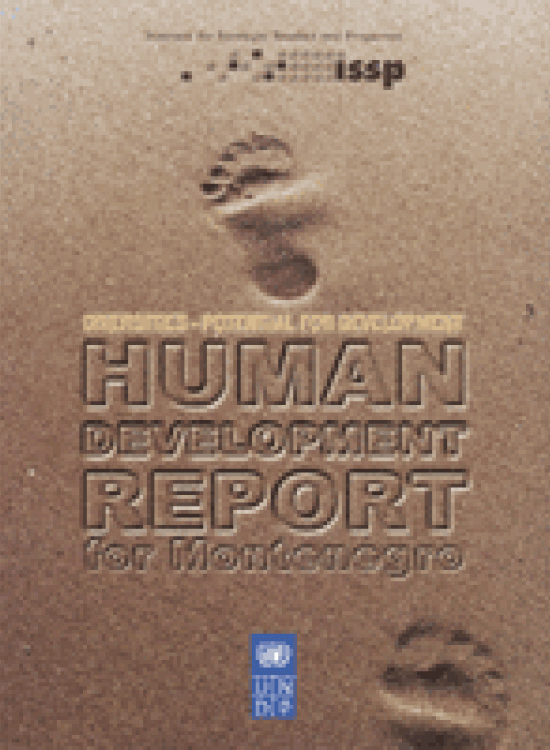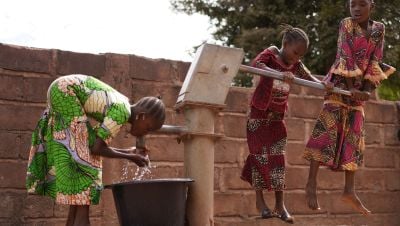Human Development Report - Montenegro
Diversities potential for development

Citation
Prof. Veselin Vukotic - Project Board (Montenegro) , Maja Bacovic - Project Coordinator (Montenegro), Prof. Šerbo Rastoder - Co-author (Montenegro), Prof. Milorad Ivovic - Co-author (Montenegro), Maksut Hadžibrahimovic - Co-author (Montenegro), Dr Vojin Dimitrijevic - Team Leader (Serbia)(Belgrade Centre for Human Rights) , Dr Jurij Bajec - Team Leader (Serbia) , Peter Gudgeon - Regional Advisor (UNDESA). 2005. Human Development Report - Montenegro: Diversities potential for development. New York.
Human Development Report - Montenegro
Diversities potential for development
Posted on: January 01, 2005
Montenegrin Report highlights three major issues - inequality, gender and poverty. Inequality proves to be concerning global issue. Ten percent of world's richest account for 54% of global income. The Report for Montenegro points out huge inequality between 10% of the richest and 10% of the poorest, as the highest in the region. Also, 40-50,000 IDPs/refuges in Montenegro that are about 7% of the MN population are amongst the poorest - and their poverty rate is 5-6 times higher than national poverty rate. Gender concern: Although the number of high-educated man and women is in balance in Montenegro, number of women in the politics, decision making positions and public life is very low, even when compared with the region. While in Montenegrin Parliament only 10,67% MPs are women, Bosnia and Croatia have more than double the amount of women in public service. Poverty: Ultimately, and in similar vein to other countries in the region, the report underlines that poverty remains an issue. Some 12/13 percent are poor - which is reasonably good in terms of the region - and around 33 percent are economically vulnerable.

